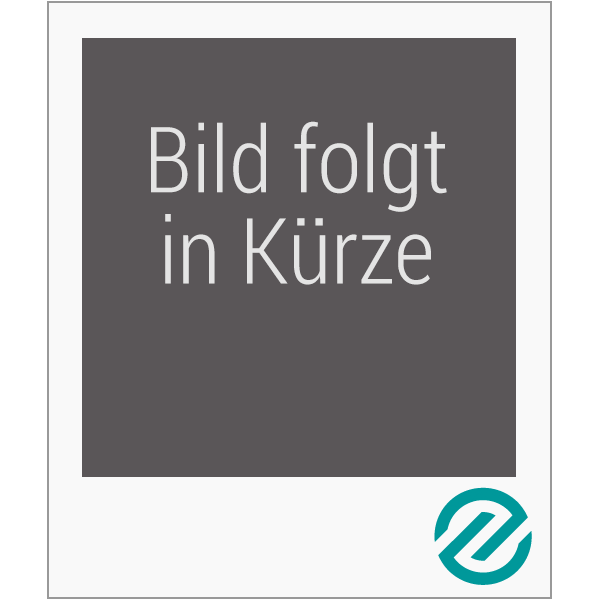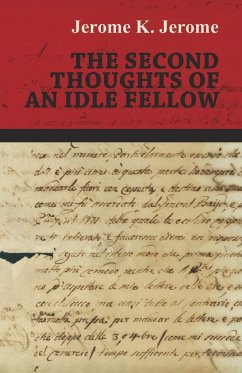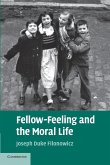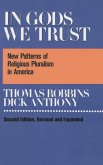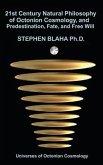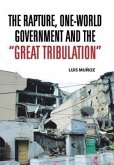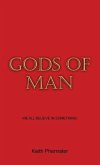In Cambridge in the 1950s, several research groups funded by the Medical Research Council were producing exciting results. In the Biochemistry Department, Sanger determined the amino acid sequence of insulin, and was awarded a Nobel Prize for this in 1958. At the Cavendish Laboratory, in the MRC Unit for the Study of the Molecular Structure of Biological Systems, Watson and Crick solved the structure of DNA, and Perutz and Kendrew produced the first three-dimensional maps of protein structures - haemoglobin and myoglobin - for which all four were later awarded Nobel Prizes. This made it timely to create, in 1962, a new Laboratory of Molecular Biology in Cambridge by amalgamating these groups with other MRC-funded groups from London. The Laboratory has become one of the most successful in its field, and the number of Nobel Prizes awarded over the years to scientists at LMB has risen to thirteen. This book follows the development of LMB, through the people who moved into the new Laboratory and their research. It describes events and personalities that have given the Laboratory a friendly, family atmosphere, while continuing to be scientifically productive.
Hinweis: Dieser Artikel kann nur an eine deutsche Lieferadresse ausgeliefert werden.
Hinweis: Dieser Artikel kann nur an eine deutsche Lieferadresse ausgeliefert werden.

